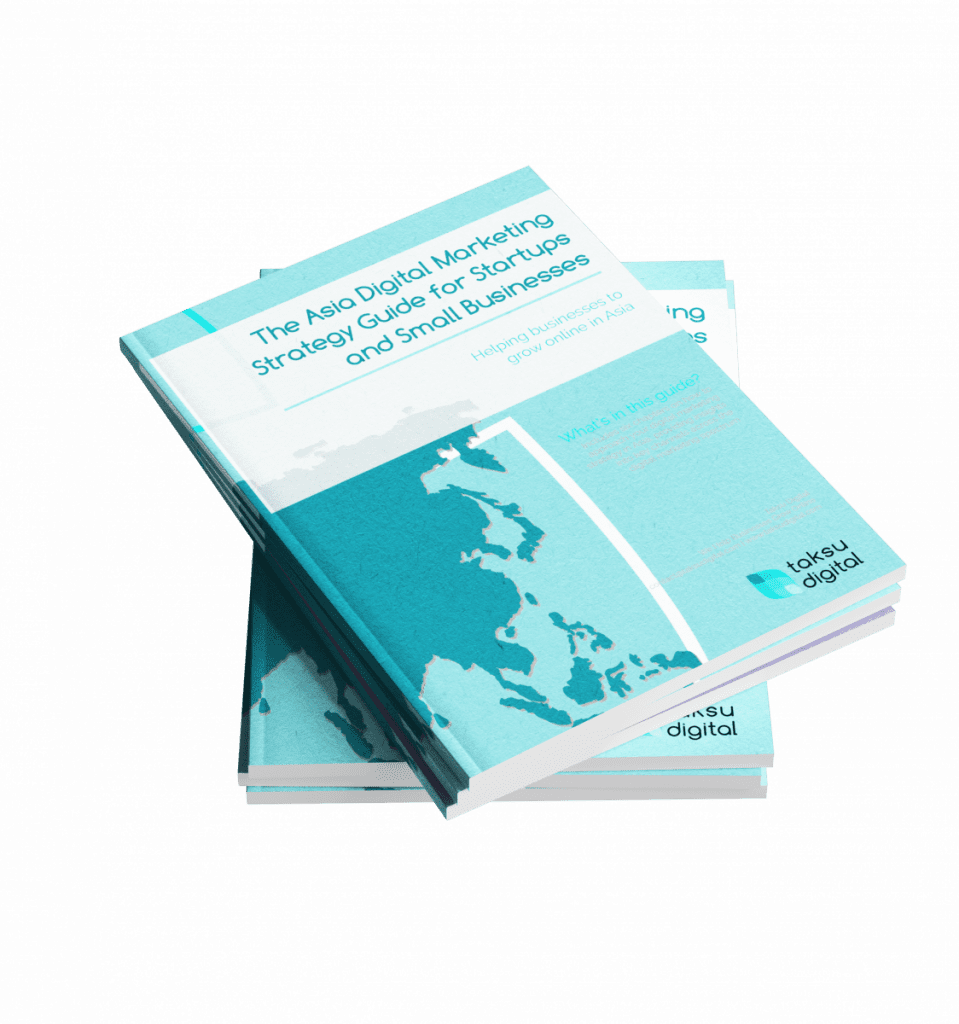Ensuring you have allocated some focus and resource on optimising your website for conversion rate can help you increase conversions across all non-paid and paid channels.
Prioritising a conversion optimisation strategy can often require a smaller cost investment compared to investing more money into each target marketing channel to grow website or app visitors and therefore provide a better return on investment. This strategy is often one of the most overlooked and often should be priortised before allocating more resources and ad budgets to marketing campaigns.
In the section we recommend some approaches you can take to conversion optimisation that are budget friendly and suitable for startups and small businesses.
Conversion configuration in your web analytics
As we referred to in Chapter 3, it’s important to have the correct conversion tracking in place to ensure you are able to track your conversion rate correctly. This includes having the right tracking and metrics reporting in your web analytics package.
For example, those who have Google Analytics on their website as the main data collection and performance reporting tool (as the majority of websites do), it’s important to have the correct conversion tracking for specific goals such as enquiry form submissions, and also the correct eCommerce tracking in place if you need to measure sales and revenue.
Using Software Behaviour Analysis
A key part of any conversion optimisation strategy should be to analyse existing website user data where possible.
The two low-cost software tools we recommend to help analyse user behaviour in detail are:
HotJar
HotJar is a tool that is very easy to install and configure on your website that allows you to watch videos of people using your website and also create heatmaps of specific pages in your website to analyse interaction across a sample of users. Using each of these features will allow you to identify areas where users maybe having difficulty using the website in the most efficient way and help you come up with new potential user interface features to help improve user experience.
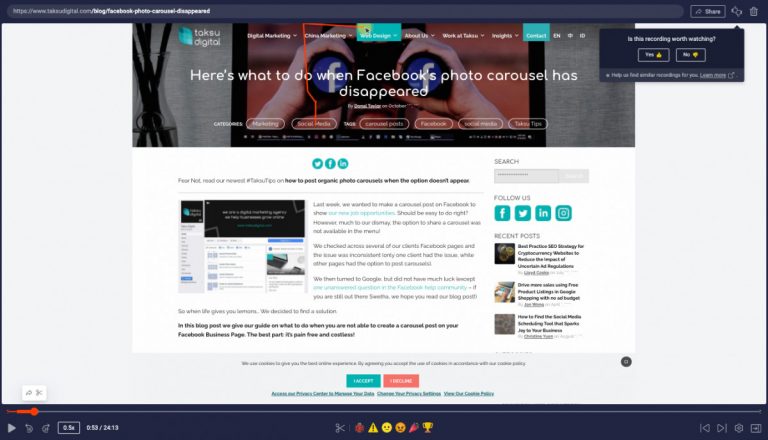
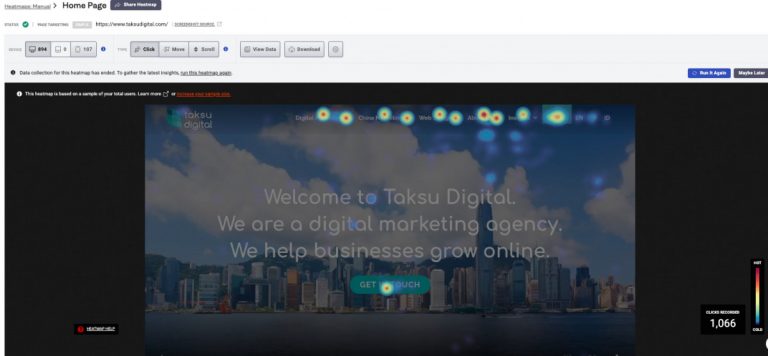
HotJar.com has a freemium pricing model which is based on the user sample size you want to collect on a monthly basis. So you can use the free version to test it out or run at a base level on a monthly basis and then when you are in a more intensive user analysis period, you can upgrade to a paid version on a monthly basis to increase the sample size and then downgrade easily once the user analysis period is over.
A key factor to think about if your business and website is focusing is Asia predominantly then you should consider prioritising your analysis focus on recording and heatmaps from mobile views, as often a larger majority of your traffic in Asia will be on a mobile device.
Google Analytics User Flow Funnels
The Behaviour Flow reports in Google Analytics help to identify the most popular page path user journeys in the website which can help you to decide which pages to focus on optimising more as a priority from a conversion perspective and also from different marketing channel perspectives.
It may also help you to decide what pages to keep and which pages to remove when going through a website design process.
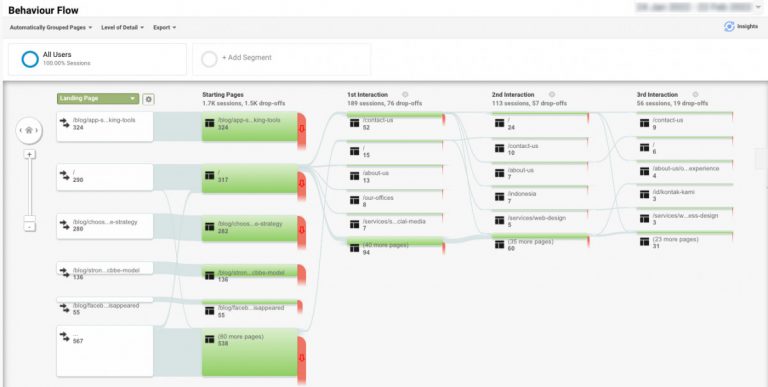
You may also want to take a mobile first approach if you are focusing on users in Asia so consider filtering the behaviour flow report data to just mobile traffic by adding the Mobile traffic segment.

Google Optimize
Google Optimize is a free software platform provided by Google that allows you to statistically run tests on the behaviour and conversion performance of different web page variations. You can run A/B tests (comparing one page version against another), Multivariate tests (that present multiple variants of the same pages with small variations) and Personalisation tests designed to show specific content on different versions of a page for different audience types.
Google Optimize can also help you define a web page interface strategy to target users more effectively in multiple countries. So for example if you are targeting users across the APAC region you could consider creating different page versions aimed at different countries and languages and comparing them.
Google provides a series of video tutorials showing you how to use Google Optimize and create tests here.
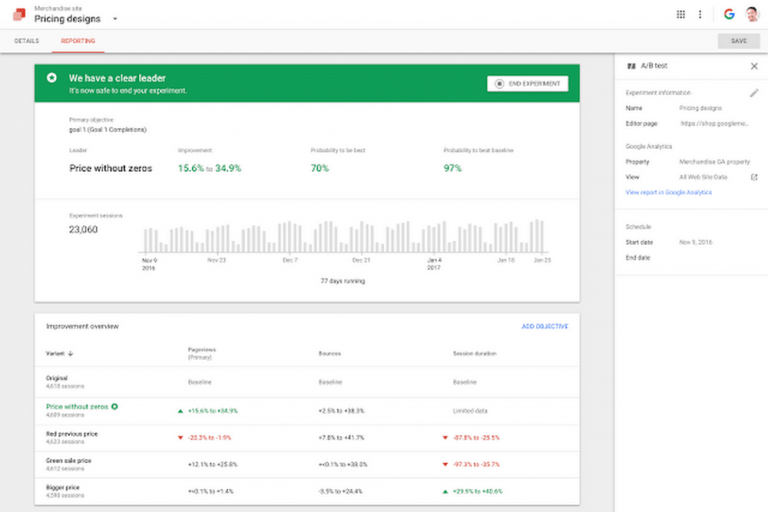
Google Consumer Surveys
A useful way to collect more qualitative data from customers about your website and your business is to use Google Surveys.
This software provides the ability to offer users to complete a survey that enables you to collect more information about their experience as a customer and also a user of your website or app.
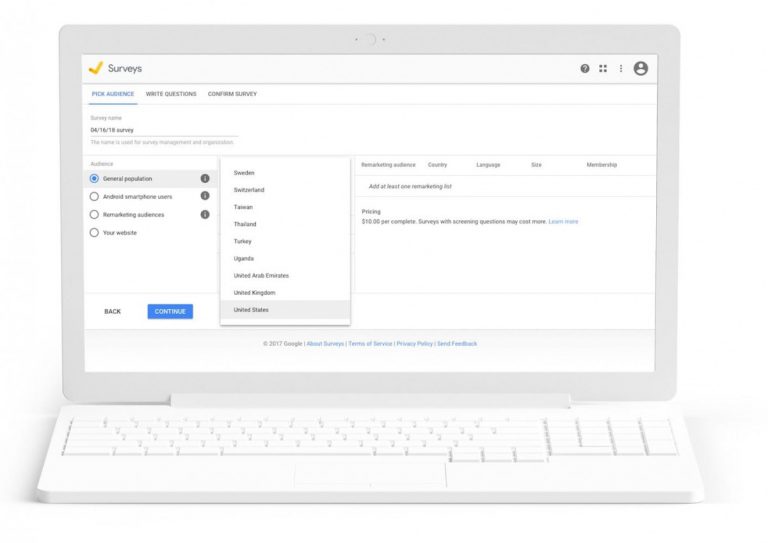
Google Surveys can natively integrate with other Google Marketing Platform solutions, allowing you to use data from one product while working in another.
You can connect audience lists from advertising campaigns you run on Google Ads across different platforms where these campaigns can then present users with a survey to take. For example a users who purchases a product on your website via a Google Shopping Ad can then be presented with a survey link to click on and take after they complete this process.
You can also integrate Google Surveys directly into your website by following the instructions via https://surveys.google.com/google-opinion-rewards/publishers/how-it-works/
Prioritising Conversion Optimisation First
We highly recommend having a conversion optimisation centric approach to your digital marketing strategy and not to just think about acquiring as many users as possible.
Whilst driving traffic should not be the only focus, you may need to consider how you are going to gain a large enough sample of users and traffic in order to be able to analyse a large enough data sample to make the right data-driven decisions to optimise your website for conversion, so if you plan to run new paid marketing campaigns, a conversion optimisation analysis project should always be considered in tandem.
And finally…..
We hope you have found this six part guide useful and that it has given you ideas on how to structure your digital marketing strategy as a business in Asia. If you have any further questions on any of the subjects covered in this guide, then feel free to reach out to us via our contact form or our live chat function and we will be happy to answer your questions and have a further discussion with you as needed.
Read a chapter again….
